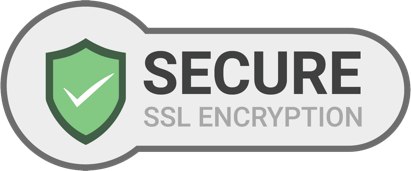Information about Xopenex (Levalbuterol or Levosalbutamol) Nebules
Xopenex is a bronchodilator used in the treatment and prevention of bronchospasm associated with asthma and chronic obstructive pulmonary disease (COPD). The active ingredient, levalbuterol (also known as levosalbutamol), is a selective β2-adrenergic agonist that works by relaxing the muscles in the airways, allowing for easier breathing. Xopenex is available in nebulizer form (nebules) for inhalation, providing a quick relief from acute breathing difficulties.
Product Highlights
- Xopenex is used to treat acute bronchospasm, providing relief from symptoms such as wheezing, shortness of breath, and chest tightness associated with asthma or COPD.
- It can also be used to prevent bronchospasm triggered by exercise or other factors in patients with asthma or COPD.
Key Ingredient
- Levalbuterol (Levosalbutamol)
Key Benefits
- Xopenex provides rapid relief from bronchospasm, improving airflow and easing breathing difficulties during asthma or COPD flare-ups.
- Compared to other bronchodilators like albuterol, levalbuterol is thought to produce less tachycardia (rapid heart rate), making it a preferred choice for some patients.
- Xopenex can be used in both adults and children, providing relief for a wide range of patients suffering from asthma or COPD.
- The nebulized form of Xopenex ensures that the medication is delivered directly to the lungs for maximum effectiveness, especially in patients who may have difficulty using inhalers.
Direction of Use
- The dosage of Xopenex varies based on the patient's condition and response. Typically, it is administered in 0.63 mg or 1.25 mg doses via nebulization, 3 to 4 times a day, as needed for acute symptoms.
- Xopenex nebules should be used with a nebulizer machine. Open the individual nebulizer unit, pour the solution into the nebulizer, and follow the machine’s instructions for use. Breathe in the mist slowly and deeply until the entire dose is delivered.
- For acute symptoms, use as directed by your healthcare provider. For chronic management, it may be prescribed to be used a few times a day.
- It is important to monitor the frequency of use. If you find yourself needing Xopenex more often than prescribed, consult your doctor, as this may indicate worsening of your condition.
Safety Concerns
- Overuse of Xopenex can lead to serious side effects, such as rapid heart rate, tremors, or low potassium levels. Patients should follow their prescribed dosing schedule to avoid these complications.
- Xopenex may cause an increase in heart rate, palpitations, or high blood pressure. It should be used cautiously in patients with heart disease or hypertension.
- Though rare, some patients may experience paradoxical bronchospasm (worsening of symptoms) following the use of Xopenex. If this occurs, stop using the medication and seek immediate medical attention.
- Prolonged use may cause low potassium levels, so your doctor may monitor your potassium levels during treatment.
- Common side effects may include nervousness, shaking, headache, and dizziness. These are usually mild but should be monitored.
- Xopenex is intended for short-term relief of symptoms. It should not be relied upon as a primary treatment for chronic asthma or COPD. Patients should continue using their prescribed maintenance medications for long-term management.
Avoid Xopenex (Levalbuterol or Levosalbutamol) Nebules If
- If you have a known allergy to levalbuterol or any of the ingredients in Xopenex, avoid using the medication.
- Xopenex should be used cautiously or avoided in patients with certain heart conditions, including arrhythmias, tachycardia, or a history of heart disease, unless advised by a healthcare provider.
- If you have had a severe allergic reaction to other beta-agonists or bronchodilators, avoid using Xopenex.
- If you have experienced paradoxical bronchospasm (worsening of asthma symptoms) with other bronchodilators, you should not use Xopenex without consulting your doctor.
- Xopenex should not be used as the primary medication to manage acute asthma or COPD attacks. It should be used as prescribed in addition to long-term control medications.




